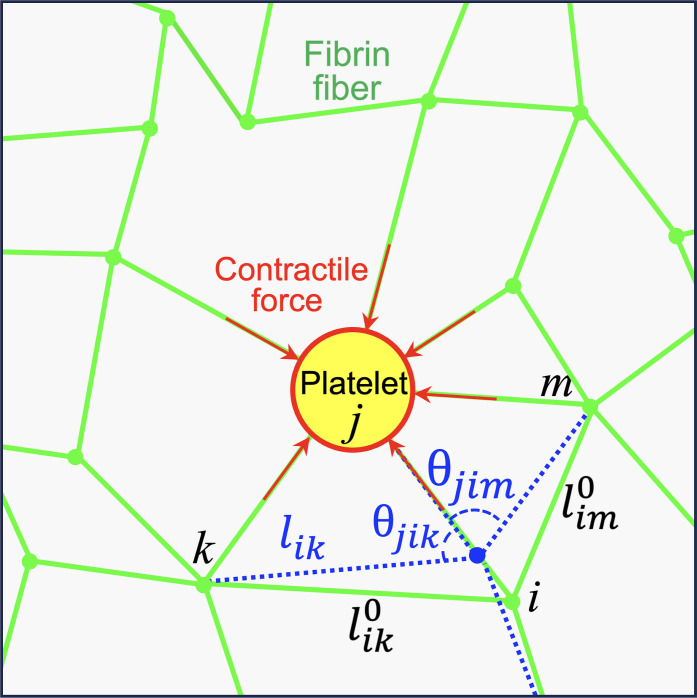Fig. 6. Geometry of the elastic network model.
The model comprises uniform spring-like bonds connected at nodes of different coordination. Some nodes are “active” and represent aggregates of platelets generating contractile forces on connected fibers. Under the action of active nodes and applied strain, the initial rest configuration (green bonds) deforms to a new stressed configuration (representative blue bonds) by displacing connected nodes. This deformation is associated with changing fiber’s end-to-end lengths (stretching/compression/buckling) and changing the angles between bonds (bending). Both these deformation modes result in an elastic restoring force on the concerned node. The calculated forces lead to the overdamped dynamics of the node toward the mechanical equilibrium state where all forces are balanced.

